The Risk of Skipping a Home Inspection: What You Really Need to Know
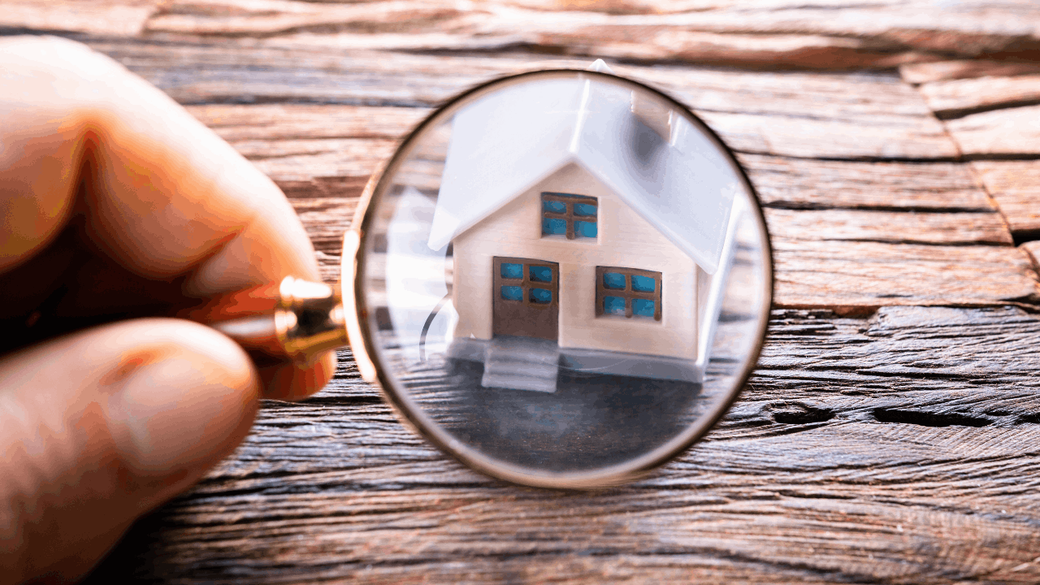
Buying a home is a big deal—congrats if you’re in the process! Between finding the right place and sorting through paperwork, it’s easy to overlook one crucial step: the home inspection. Think of it like test-driving a car. Would you buy one without starting the engine? Didn’t think so.
What Is a Home Inspection, Really?
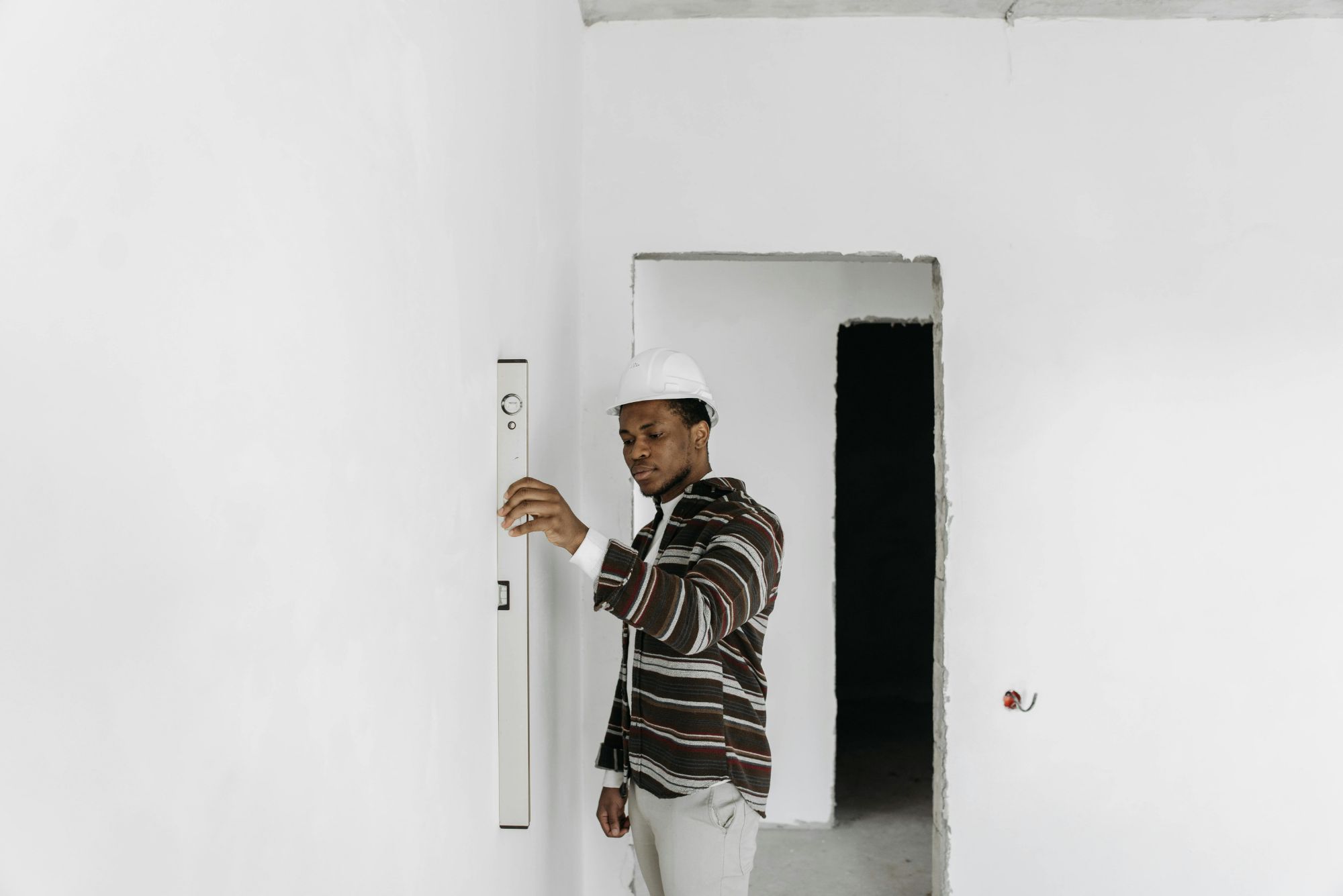
A Quick Breakdown
A home inspection is a detailed evaluation of the house’s physical condition. From the roof and foundation to plumbing, electrical systems, and more—it’s your opportunity to understand what’s going on beneath the surface.
Who Performs the Inspection?
Professional inspectors, licensed and trained, are hired by the buyer. Their job? To uncover potential issues and help protect your investment from unpleasant surprises.
Why Some Buyers Skip the Inspection

Speeding Up the Process
You might be under pressure to close fast—especially if there’s competition or a seller pushing a tight timeline.
Saving on Upfront Costs
Home inspections usually run between $300–$600. It can be tempting to skip it if the house seems flawless.
Trying to Win in a Hot Market
In a strong seller’s market, buyers sometimes waive inspections to make their offers stand out. It may help you win—but it's a risky play.
What You Could Be Missing (Or Paying For Later)

Major Foundation Problems
Uneven floors, deep cracks, or a sinking structure can mean costly repairs—and safety concerns.
Electrical and Plumbing Nightmares
A charming old house might hide outdated wiring or leaking pipes. These can cause fires or flooding.
Roofing and Structural Damage
Replacing a roof isn’t cheap. And structural issues? They could mean serious renovations—or worse.
Mold, Mildew, and Pests
Black mold and termites are often invisible during showings. You’ll want to catch those early—before they become health or financial burdens.
Real-Life Consequences of Skipping It
Talk to any real estate pro and they’ll have stories—like buyers who discovered a busted sewer line post-closing. That “surprise” cost them $15,000. All could have been caught with a basic inspection.
How Inspections Actually Save You Money

Use It as a Bargaining Chip
Inspection reports give you room to negotiate. Spot a cracked furnace or leaky window? Ask for a repair or a price cut.
Avoid Costly Surprises
That $500 inspection could prevent a $10,000 fix. It’s preventative care for your home purchase.
Meet Lender and Insurance Requirements
Many lenders or insurance providers won’t proceed without one. Skip it, and you may face delays—or extra fees.
What’s Covered in a Standard Home Inspection?

Inside and Out
Walls, doors, windows, siding, floors, and ceilings—everything gets a once-over.
Systems and Equipment
Inspectors evaluate HVAC, plumbing, electrical systems, and built-in appliances.
Attic, Basement, Crawlspaces
These hidden spots often reveal moisture problems, poor insulation, or pest infestations.
How the Process Works
Hire the Right Pro
Do your research. Choose someone with certifications (like InterNACHI or ASHI), a solid reputation, and good reviews.
Be Present During the Walkthrough
Attend if you can. Ask questions. Learn how the systems work and what might need future attention.
Review the Report in Detail
You’ll get a full breakdown with notes and photos. Read every part—even the small stuff can signal bigger issues.
When Skipping Might Be (Somewhat) Justified
Brand New Builds with a Warranty
If the home is fresh from the builder and covered by a full warranty, you might opt out—though many still recommend getting a third-party check.
Seller-Provided Inspection & Full Disclosure
If the seller has already conducted a recent inspection and shared everything, you might feel safe waiving—but understand the trade-offs.
Final Thoughts: Don’t Walk Into the Unknown
Choosing not to inspect a home is like stepping into unfamiliar territory without a flashlight. Everything might be fine—or you could uncover expensive issues after it’s too late. A home inspection is a small investment that provides huge peace of mind. Take the time. Spend the money. Protect your future.
FAQs
1. Is a home inspection required?
Not by law, but it’s often strongly encouraged—and sometimes required by lenders.
2. Can I walk away after a bad inspection?
Yes, if your offer includes an inspection contingency. You can back out or renegotiate.
3. How long do inspections usually take?
Typically 2–4 hours, depending on the home’s size and age.
4. What happens if the inspector misses something major?
Most reputable inspectors have insurance for this reason. Still, choose carefully and check credentials.
5. Should I inspect new construction homes too?
Yes! Even brand-new homes can have oversights or defects. It’s always better to double-check.
Categories
Recent Posts



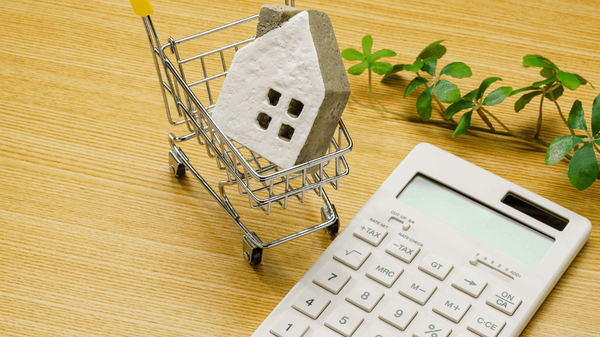

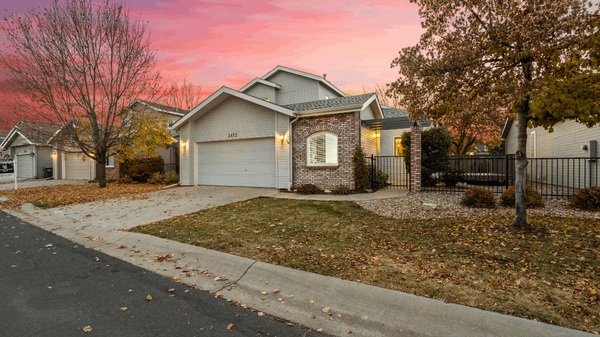



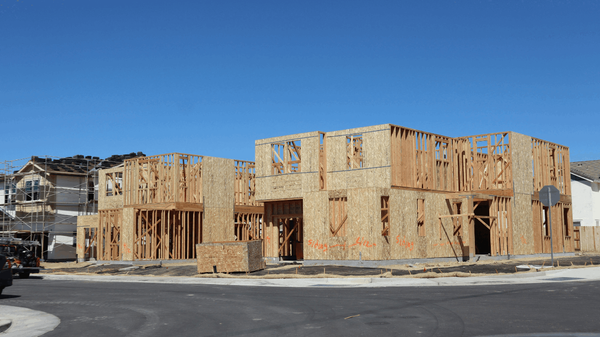

7997 W. Sahara Ave. Suite 101, Vegas, NV, 89117, United States
